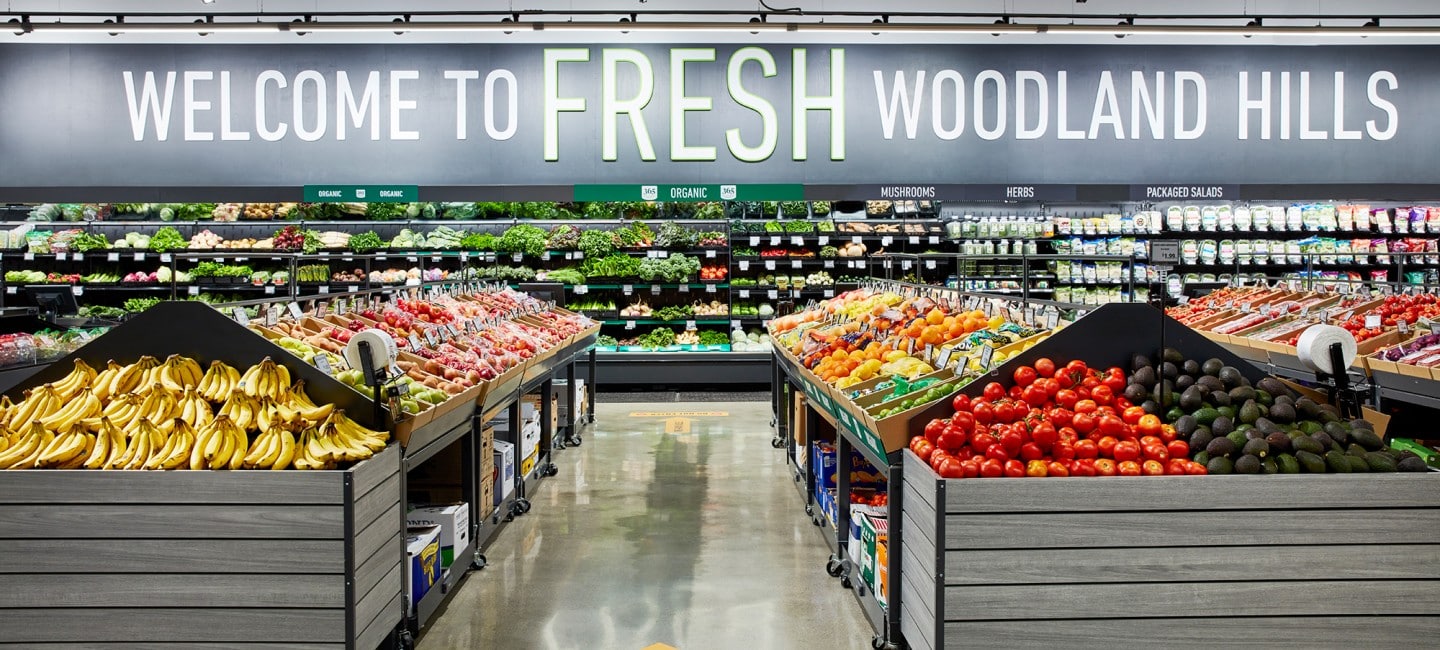

Even after the 2017 Whole Foods acquisition, Amazon's grocery share hasn't improved much. "They're figuring it out as they go."Īmazon's physical-store sales, which include Whole Foods, have remained stagnant, hovering around $17 billion since 2018. "We had a ton of projections that were way too rosy," one of the people said. Now, Amazon is reorganizing its physical stores team, removing some longtime executives and giving expanded roles to Whole Foods executives, under the guidance of a new leader brought in from Tesco.Īs Amazon passes the fifth anniversary of its Whole Foods acquisition, some employees are questioning whether the company will ever excel in the offline shopping space. These people spoke on the condition of anonymity for fear of retaliation from Amazon. While Amazon has perfected the art of e-commerce efficiency, the company is facing a much tougher reality in the brick-and-mortar space, driven by the high cost of the stores, a dysfunctional internal culture, and tension with Whole Foods, according to current and former employees and internal documents. Amazon has just 27 Fresh stores open in the US, or less than 10% of the projections it made in 2020 for this year.Īmazon's struggles to reach its Fresh store-expansion goals is emblematic of the challenges it's faced in the physical-retail arena. For the ensuing two years, Amazon forecast a significant rebound, projecting 54 Fresh stores in the US by 2021 and a whopping 280 Fresh stores by 2022, internal documents show.īoth of those estimates turned out to be woefully off. Amazon cut the store projection by 30%.īut even with the revision, Amazon was still bullish for the long term. He asked for a "more conservative" three-year road map, taking into account a "relatively pessimistic scenario," according to internal documents obtained by Insider. In summer 2020, as the coronavirus pandemic swept through the world, Dave Clark, Amazon's retail CEO, told his team to scale back its Fresh grocery-store openings.įoot traffic and sales at Amazon's physical stores were sharply declining, and the looming second wave of COVID-19 made Clark wary of an aggressive expansion plan. The team wants to more aggressively license the cashierless technology to third-party retailers.Costs, dysfunctional team culture, and tension with Whole Foods partly explain the expansion delay.



Amazon's physical-store openings have significantly fallen behind schedule.Account icon An icon in the shape of a person's head and shoulders.


 0 kommentar(er)
0 kommentar(er)
